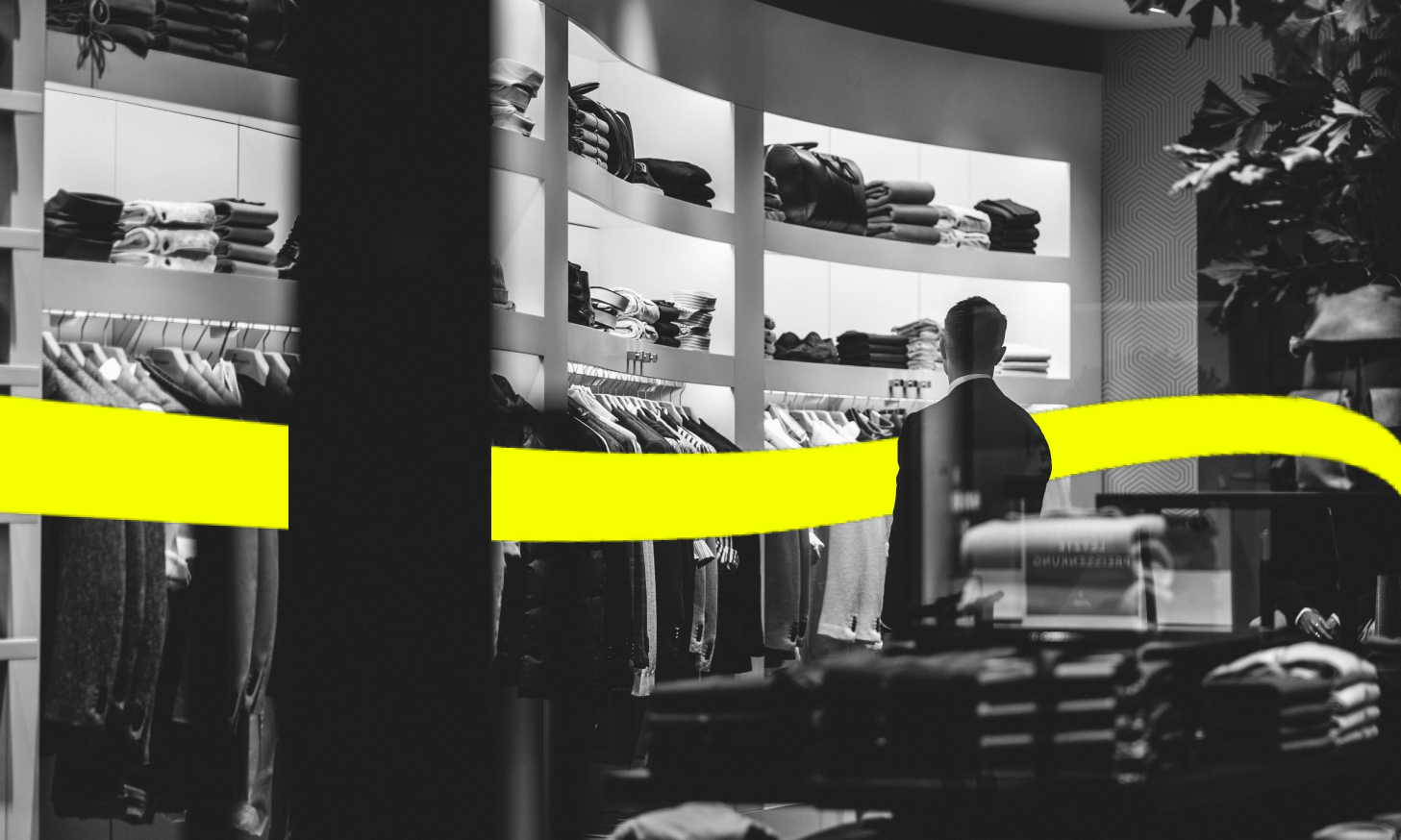Claire Sheahan is the Senior Marketing Manager at Active Super, a multi-award-winning Australian superannuation fund. A passionate customer advocate, Claire is a data-driven marketer who adopts a collaborative, whole-of-business approach to serving members.
On a sunny spring morning, Claire sat down with Tortoise & Hare to explore why more superfunds are taking a customer-led approach in Australia’s superannuation industry. Our wide-ranging conversation explored where customer service tends to go wrong, the importance of being data-driven and where capabilities for customer growth and retention lie. The conversation was incredibly insightful and filled with practical advice for leaders familiar with the Australian superannuation industry.
Tortoise & Hare: Claire thanks for making the time to speak with us. We were all customers before we were marketers, which is why we like to start with this question: has there been an experience that you’ve had as a customer that changed the way you viewed a brand?
Claire Sheahan: Nothing shapes my experience of a brand like poor customer service. It’s simple but it’s such an important moment in the customer journey! If I've taken the time to go in person to buy something in-store, that I’ve seen advertised online, and I can’t find it because there is a disconnect between either me and the staff, or the staff and the systems - it feels like such a waste of time. It doesn’t matter if they don’t have what I’m looking for, just as long as there is a helpful next step I can take to get a little closer to what I want. There is nothing more frustrating than feeling pushed away with no sense of where to go next.
T&H: Couldn’t agree more! We find that most negative moments in the customer journey are actually moments where customers are engaged the most. The ability to turn these into positive moments is core to reducing churn over the long-term. Having said that, how has quality customer service helped Active Super create long-lasting relationships with its members?
CS: In the superannuation industry, the different life stages of our members matter. Previously, superfunds would only interact with members at key points in each of these life stages. Now the shift is towards building member relationships across each stage. For us at Active Super, our approach to customer service has been solely led by member needs. We’ve listened to members and have varied our communication channels, like an after-hours Whatsapp channel and in-person seminars to better connect with members because that’s what they told us they prefer. Through understanding key pain points across differing life stages we’ve created services that engage our members, how and when they want.
T&H: There’s a much greater expectation for brands to know how to engage their customers than ever before. Where do you think brands are struggling most?
CS: One of the common challenges for brands (that is also one of the most valuable opportunities) is finding the right balance between the quantity and quality of research. In the past, many brands stuck to traditional methods, but it's now clear that analysing the data, figures, and speaking directly to members - including past members - to understand their unmet needs is crucial. Our approach involves a mix of qualitative and quantitative methods - we conduct third-party research and organise focus groups. Additionally, we collaborate with external market research firms to gain a comprehensive understanding of both the industry and the specific needs of our members. This holistic approach allows us to gather a wealth of valuable insights.
The key to moving forward is understanding how these insights affect our members. While digital channels have become increasingly prominent, we don't assume that everyone prefers online interaction. Especially in a post-pandemic world, it's crucial to consider if members actually prefer in-person interactions, seminars, or other formats. It's about tailoring our approach to meet their preferences and needs. Ultimately, we find that the best way to move forward is to actively engage with our members, asking them how they want to hear from us and learning from their behaviours.
T&H: In your approach to data, how has Active Super navigated issues of privacy and the demise of third-party cookies?
CS: We're committed to understanding and serving members with content in the way they prefer, so all our processes around data consider our members' data preferences. We’re lucky that our industry provides us with a valuable source of first-party data. This means we don't rely heavily on third-party sources. For us, leveraging first-party data is crucial. We’re lucky that our members trust us enough to share a goldmine of insights that can be used for their benefit. Our approach to data isn’t just about seeking external validation; it's about better understanding the rich information we can gather from those who have been with us for a long time and newcomers alike.
Something I’ve learnt throughout the process of becoming more data-centred as an organisation is that brands don’t often make the most of the data they have available to them. They often want more data but they’re missing the incredibly insightful learnings in the data they already have that may have been overlooked. Often, we’ll find that some seemingly minor details can turn out to be substantial and important, particularly when considering a member's journey in the superannuation sector.
T&H: Love that perspective. How has this approach data empowered your relationship with members?
CS: It’s helped us to take a more proactive approach to how we engage them. In the financial industry as a whole, there's been significant consolidation, which has brought about a change in member’s mindsets. People are becoming increasingly knowledgeable about financial matters, and our ageing population has created a greater awareness of the importance of superannuation.
The rise in popularity of financial literature such as"The Barefoot Investor" have contributed to this shift as well. While they don't directly impact a specific company, they influence the industry and prompt individuals to seek financial education. In the digital age, numerous resources are available, where people can ask questions and engage in important superannuation conversations. Being proactive and providing members with information has become essential for keeping pace with them. While people can turn to us for additional services, it's equally important that they have the option to self-serve and find information independently.
T&H: Growth and retention seem to be a big focus for a lot of the key players in Australia’s superannuation industry, particularly amongst the members in younger generations. What capabilities do organisations need to build in order to evolve towards these goals?
CS: Well I think there are four key capabilities brands will need to consider building if growth and retention are key focus.
Firstly, innovation is a key driver in how we serve our members effectively. Beyond in-person services, we provide an online member area where they can self-service and access their superannuation balances and transactions. We've also introduced a WhatsApp chatbot, that offers invaluable support to members outside of regular work hours.
Loyalty is also really (really) important. One exciting initiative we developed is our Active Super Booster - a loyalty reward program. By shopping with specific retail partners, members can earn non-concessional contributions towards their super. It’s pretty cool and it’s another example of how we’re constantly trying to innovate and integrate within existing member behaviour.
Being agile and adaptive to changing needs is crucial; we try to not rest on previous methods but aim to stay ahead of the times. Active Super has adopted a test-and-learn approach, actively seeking feedback from both quantitative and qualitative research, listening to what people want, and then delivering accordingly. Conducting member exit surveys has been really helpful for us when it comes to understanding pain points and reasons for leaving. It’s allowed us to make faster improvements.
And finally, where would we be without collaboration. Our process involves all departments, not solely marketing. We value different perspectives and recognize the wealth of knowledge others bring to the table. By involving various experts from across the business and also outside of our business, we’ve been able to mature our customer-focused approach.
Tortoise & Hare: Claire, thanks so much for sharing your time and insights with us, we really appreciate it.
Claire Sheahan: Thanks for having me!
Join the conversation
Did our conversation with Claire raise questions for your team and your brand?
We'd love to chat with you. Reach out to our team here.
Have you downloaded your copy of our latest whitepaper? Get your free resource here.
Keep up to speed with insights from the frontier of customer marketing in Australia.

Explore how UX design extends far beyond aesthetics to encapsulate an entire human-centered design philosophy which optimises the user experience.

When done right, customer loyalty programs play a critical role in nurturing customer loyalty and growing customer lifetime value for the business.

Discover the role of Customer Experience (CX) in 2025, its strategic importance, technological integration, and the emerging trends shaping business success.
If you’re looking to build engagement at every touchpoint of your customer’s journey, we’d like to help.